A
PRODUCTIVE
SPIRIT
AN ANALYTICAL APPROACH TO INVESTING IN YOUR LIFE
JAMES TENG

Copyright 2020 James Teng.
All rights reserved. No part of this book may be used or reproduced by any means, graphic, electronic, or mechanical, including photocopying, recording, taping or by any information storage retrieval system without the written permission of the author except in the case of brief quotations embodied in critical articles and reviews.
Balboa Press
A Division of Hay House
1663 Liberty Drive
Bloomington, IN 47403
www.balboapress.com
1 (877) 407-4847
Because of the dynamic nature of the Internet, any web addresses or links contained in this book may have changed since publication and may no longer be valid. The views expressed in this work are solely those of the author and do not necessarily reflect the views of the publisher, and the publisher hereby disclaims any responsibility for them.
The author of this book does not dispense medical advice or prescribe the use of any technique as a form of treatment for physical, emotional, or medical problems without the advice of a physician, either directly or indirectly. The intent of the author is only to offer information of a general nature to help you in your quest for emotional and spiritual well-being. In the event you use any of the information in this book for yourself, which is your constitutional right, the author and the publisher assume no responsibility for your actions.
Any people depicted in stock imagery provided by Getty Images are models, and such images are being used for illustrative purposes only.
Certain stock imagery Getty Images.
ISBN: 978-1-9822-4385-2 (sc)
ISBN: 978-1-9822-4386-9 (e)
Balboa Press rev. date: 03/05/2020
I humble myself before those who place the welfare
of future generations ahead of that of their own. Their
spirit of respect and compassion gives meaning to the
continuation of mankinds existence and hope of a better
life for those who have no chance to affect the present.
CONTENTS
Life is complicated. In my past I had agonizing experiences in finance, law, career, and personal relationships. When I encountered an unfamiliar situation or when something went wrong, I wished I had a mentor who could help me answer these questions:
What is going on?
What should I be thinking?
There were people who could answer these questions regarding a specific technical or academic area such as engineering or accounting. What I was looking for was someone who was knowledgeable about life matters and myself. Someone who knew enough about life to help me understand a problem from a big picture perspective. Someone who knew enough about me to guide me toward a sensible solution. I did not find such a person.
In the absence of a mentor, the next best thing I thought of was to have a book that would address the two questions above. While there was a wealth of information and literature attempting to address specific problems or questions, I did not find a book that would address my need.
I suppose I could wait until the right person or the right book appeared; but in the meantime, what was I supposed to do? There had to be something I could do to educate myself. I realized that I had an analytical and imaginative mind. I was able to capture the essence of many life experiences. Thus, I decided to gather my thoughts and write a book. A book that educates me is, in effect, a personal development manual. Writing my own personal development manual is the most challenging and rewarding task I have ever undertaken.
Since I was looking for big picture ideas, I looked for a book from which to draw ideas and found The Art of War by Sun Tzu. The Art of War has been in existence for 2500 years. The fact that its principles are being utilized today is a testament to their power. The book conveys ideas in a concise fashion offering advice and principles in plain language in the form of lists. The virtues I have adopted from The Art of War are looking for themes or principles and presenting them in a concise fashion.
Unlike The Art of War , which covers not just war but competitive situations, this book seeks ideas that are applicable in general. I have realized that to have a productive content (that is, adequate amount of relevant information with minimal amount of words), giving readers a list of advice wont do; there is too much detail involved. To lessen the burden on the readers memory, I have to present information in a systematic fashion, beginning with the most fundamental life themes and then developing tactics or how to ideas from those themes. The term most fundamental calls for ideas of the highest level of abstraction. Clarifying an abstract idea (such as a relationship) requires detailed explanations and perhaps examples also. In some cases, I employ a story so readers can experience the nature, scope, or implication of an idea.
The objective of this book is to help us address the two questions posed in the beginning of this introduction. The book tackles these questions in two steps. First, it identifies observable facts or themes that have profound impact on our lives. Secondly, it uses those facts and themes to guide our decision-making process. Let me give two examples. One, lets say we want to establish a relationship with someone. A fundamental fact of human relationships is that they take time (and at a minimum, attention). Based on this fact, we must commit our time, or pay attention, to the other person to establish a relationship with him. Two, each person has a unique perspective on a given situation. How a person interprets incoming information depends on his perspective. Based on this fact, if we want to predict how a person would respond to a crisis, we need to be able to see a crisis from his perspective.
The first and most critical step in solving and preventing a problem is being aware of it. Therefore, this book places greater emphasis on the definition and scope of a topic over the solutions to specific problems. Some readers may disagree with an assertion or conclusion made in this book. That is expected. A disagreement allows them to see where they stand on an issue and perhaps even serves as a catalyst for introspection. The two steps mentioned in the previous paragraph give us a sensible problem-solving approach. Through this approach, we have confidence in our assessments, conclusions, and decisions. Ultimately, we can say to ourselves, I know what I am doing.


AN INVESTING
MINDSET
The Default Answer
Life is so vast that taking it as the subject of a book presents a profound problem. Where, or even how, does one begin? Presented with the many possibilities of one life alone, in addition to the different experiences of others, it seems almost impossible to meaningfully discuss the subject of life as a universal concept, applicable to all lives. However different each life may be, there are still experiences that are common to all, so long as each life is lived as a thinking, feeling individual, who is full of aspirations in a complex world. In this world, we desire to fulfill these aspirations, yet obstacles and difficulties abound. Because it is impossible to avoid these challenges, we must be equipped to respond effectively to each of them. If we do not, we face the grim possibility of a life that is defined by its circumstances, as opposed to a life that is defined by our positive contributions.
Next page
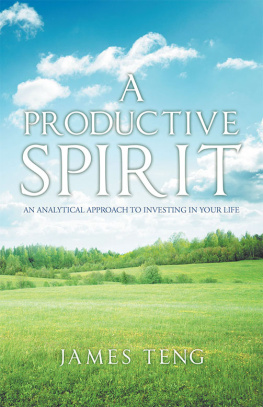
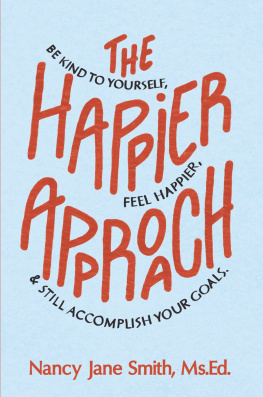

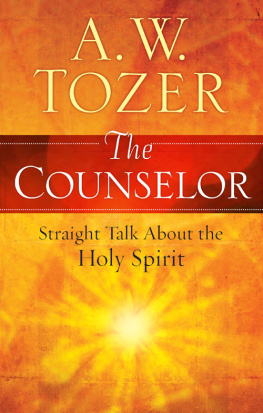


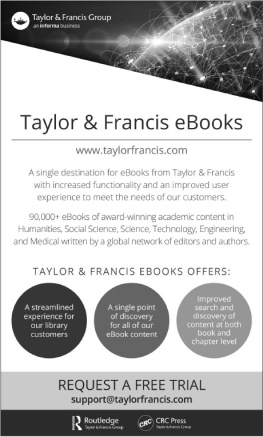
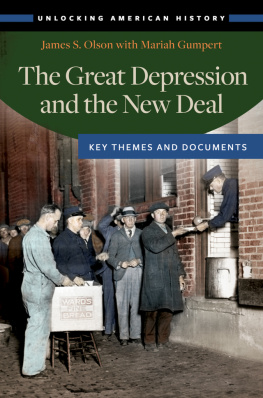
![Keith A. Allman [Keith A. Allman] - Impact Investment: A Practical Guide to Investment Process and Social Impact Analysis](/uploads/posts/book/124124/thumbs/keith-a-allman-keith-a-allman-impact.jpg)


